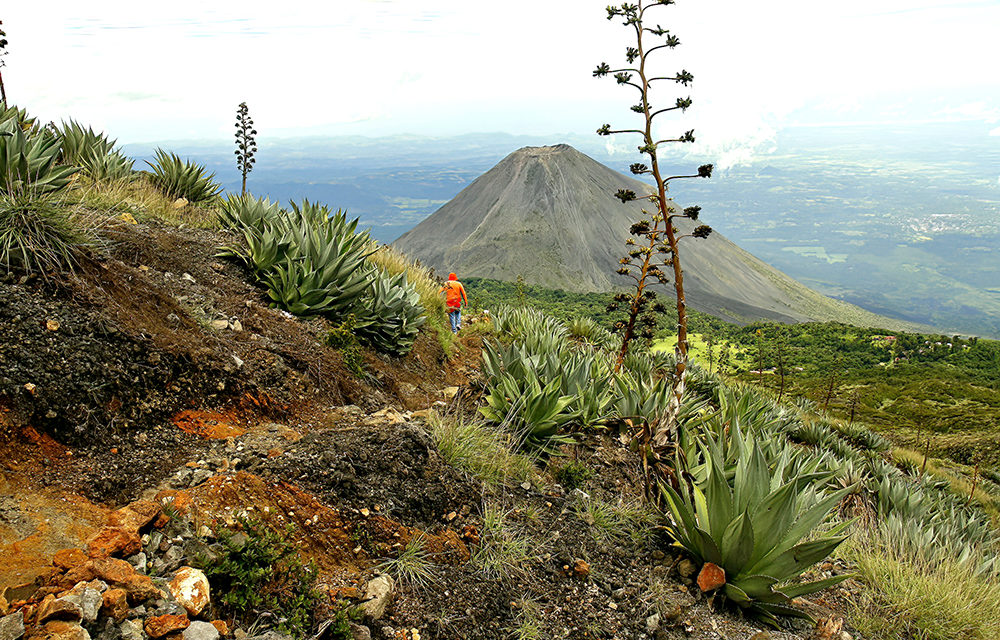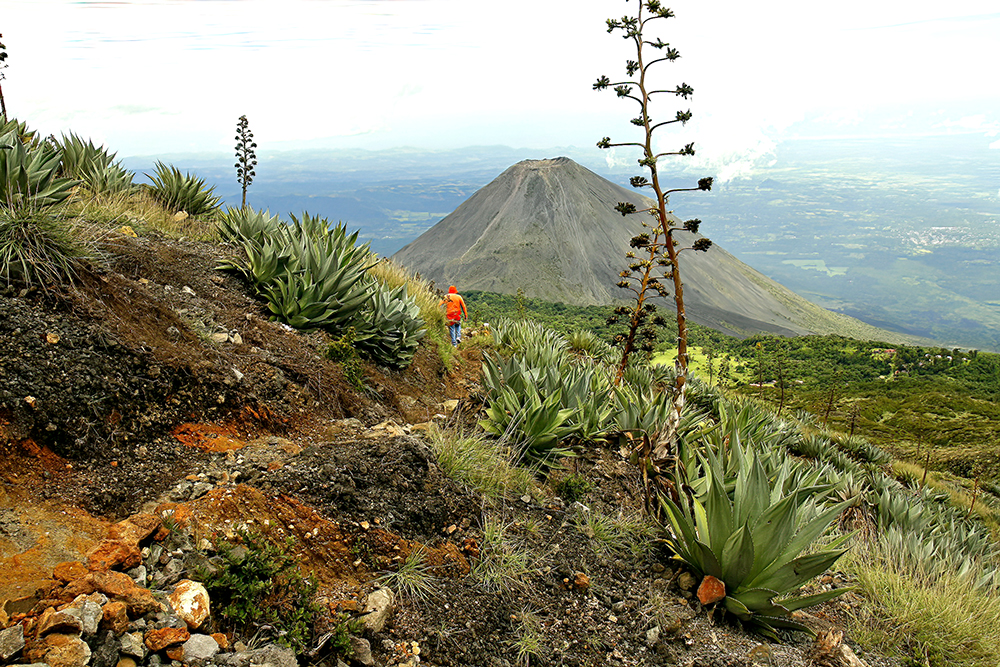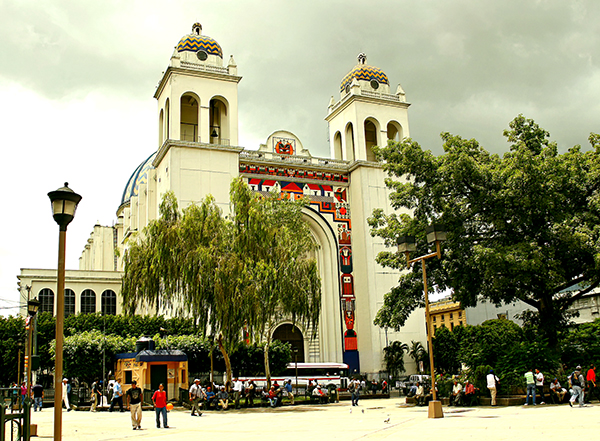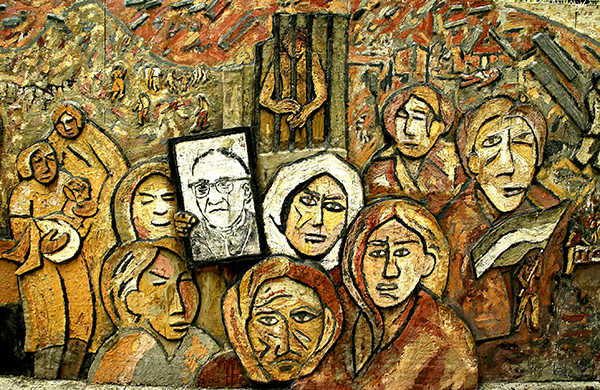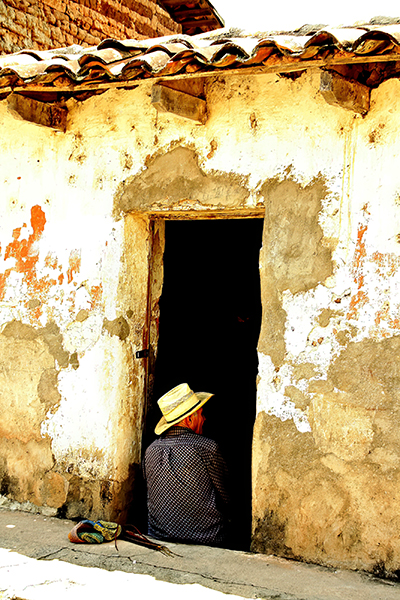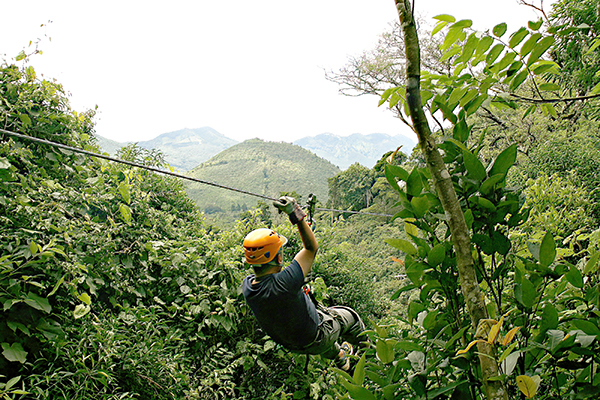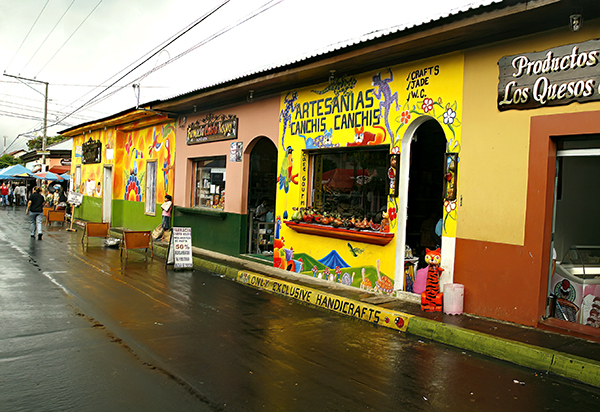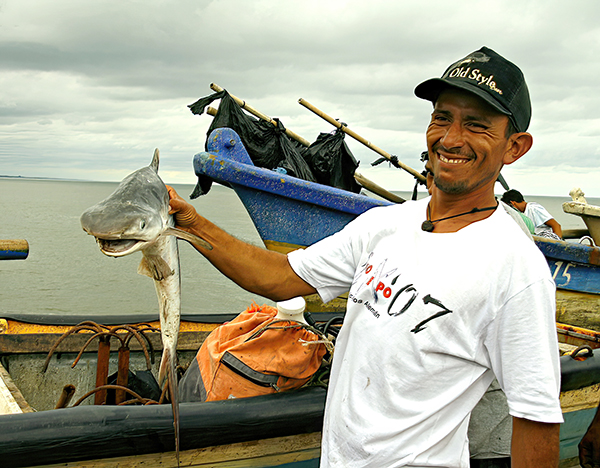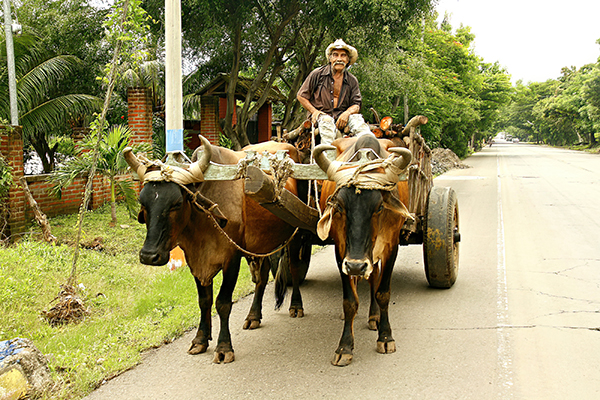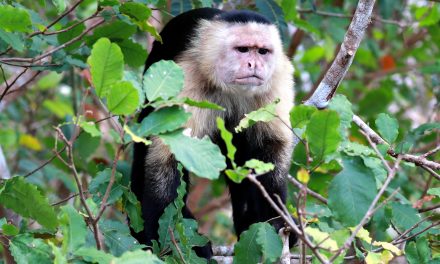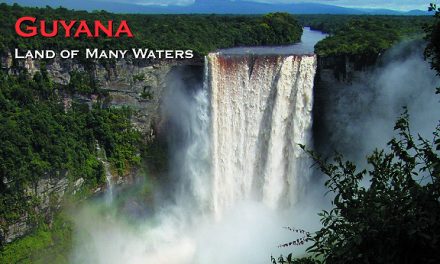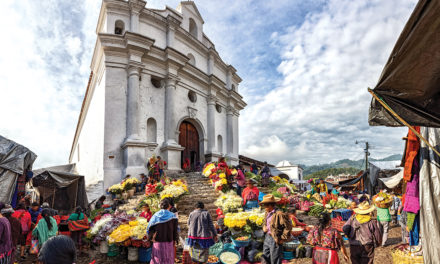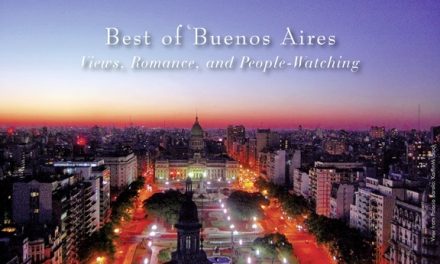- Making the descent on Santa Ana Volcano
- Metropolitan Cathedral of San Salvador before the colourful facade was removed
- Mural of the Disappeared and Murdered at Parque de Cascatlan, San Salvador
- Suchitoto Street Scene
- Whizzing through a coffee plantation on one of the zip lines, Apaneca Canopy
- Sunday market towns along the Ruta de la Flores
- On Fisherman’s Wharf at La Libertad
- Along the road in Barra de Santiago
El Salvador
La Tortilla dio Vuelta: Surprises Abound in El Salvador
Article and photography by Steve Gillick
II will admit that almost as soon as we made plans to visit El Salvador, we began to re-consider our decision. Safety was a number one concern and we kept thinking of civil war, gangs and 24/7 danger on the streets. Maybe this was not such a great choice for our vacation considering we love walking, enjoying nature and adventure, trying local foods, exploring handicraft markets and interacting with locals. But we persisted and only a short time after we arrived in San Salvador, the capital city, we learned the expression, “La tortilla dio vuelta” meaning ‘The tortilla has turned’. It metaphorically refers to the fact that since the civil war ended in 1992, the country has undergone dramatic changes, and we were to quickly discover that El Salvador more than satisfied our need to interact with the destination.
Just as promised, a van from the Sheraton El Presidente was waiting at the airport to drive us to the hotel in the Zona Rosa, an area of international hotels, shops, restaurants, cafes, bars, museums, and embassies. And upon meeting the hotel Manager, we asked straight out, if it was safe to walk around the area. In the daytime, “Yes”. In the nighttime, “Take precautions as you would in any major city, and take a taxi”. Fair enough!
So off we went to explore and just like in other Central and South American countries, we were greeted by smiles, and greetings of “Buenas” (Good Day!) from passersby, shopkeepers, security guards and the friendly neighbourhood police. In the evening we took a ten minute taxi ride to Senor Tenedor for dinner. There, in conversation with other patrons, we learned the ‘Four B’s’ to success in dining out in El Salvador: Restaurants should be Bueno (good), Bonita (clean and with ambiance), Barato (inexpensive) and Bastante (serve big portions). That night, both the seafood pizza and the octopus carpaccio were excellent, so Senor Tenedor passed the test!
The 4B’s also led us to the Inka Grill, specializing in Peruvian cuisine, and then, on two occasions, to Alo Nuestro, a reasonably-priced fusion restaurant with soothing décor and great service. The tilapia ceviche, breaded sea bass, and pork tenderloin were so good that we had to rest and reflect after each bite, to prolong the taste sensation.
And what would a visit to El Salvador be without indulging in pupusa? Pupusas are grilled, flat, thick, corn tortillas, filled with a choice of ingredients. During our unique rural/ urban city tour, we stopped at Abby Pupusa for lunch and took photos in the kitchen as the chef prepared our order: one pupusa stuffed with cheese (queso), refried beans (frijoles refritos) and pork (chicharón), and another filled with cheese and squash (ayote), each served with a side of spicy fermented cabbage and ‘chile piquante’ (hot sauce) Absolutely delicious!
Afterward we stopped for views of El Boqueron (‘wide mouth’) National Park, uniquely located in the crater of the San Salvador volcano, for which it is named. Stunning views of the mountain peaks were only rivaled by a visit to The Devil’s Doorway where two huge rocks sit on the edge of a deep precipice, framing a memorable vista of the valley and volcano.
Our tour (scheduled for four hours but willingly extended to seven) included the historic buildings around Plaza Barrios in the city centre including the Metropolitan Cathedral of the Holy Savior and the Palacio Nacional. We visited handicraft markets, waved and took photos of fearsome looking policemen (and were relieved when they smiled and waved back) and also had the sobering experience of visiting Parque de Cascatlan where a sombre history mural and wall of remembrance memorialize the names of the disappeared and murdered from the civil war.
Without exaggeration, I can say that every day of the trip was filled with one adventurous surprise after another.
One hour outside of San Salvador is the colonial town of Suchitoto. We took in the breathtaking views of the nearby lake and mountains, visited local art galleries and chatted with, then, 91 year old Victoria de Jesus a Costa, who had been rolling cigars for the past 65 years. At Suchitlán Lake, we boarded a small boat and headed out to Isla de los Pájaros (Island of the Birds) to see Cormorants, Egrets, Herons and the Pato Cuche, a rather loquacious duck that makes sounds like a pig! An ice cold Brahva Beer on the porch of the Hotel La Puertas in Suchitoto’s town square capped a perfect, sunny, hot day.
But our adventures in the heat (30+ C or 86+ F) continued the next day when we opted to climb the Santa Ana Volcano. The struggle, is a steep, hard, one hour climb. The reward, is the view of the green lagoon in the crater at the summit, along with the shimmering waters of Lake Coatepeque in the distance. After our scenic descent, we explored the beautiful, historic buildings and the festive Saturday market in the town of Santa Ana.
And more markets were waiting for us the following day along the Ruta de la Flores, a roadway connecting the small towns of Ataco, Juayua, Salcoatitan, Nahuizalco and Izalco. Each town stamps its unique personality on their Sunday market with food stalls, handicrafts, music, color, smiling locals and tons of photo opportunities. Yet adventure was always close at hand! The canopy at Apaneca includes 13 ziplines of various speeds. We flew through coffee plantations, over picturesque valleys and toward seemingly head-on encounters with the volcanos gracing the horizon.
Heading to the far west the next day, we explored Barra de Santiago, a fascinating nature wetland area on the Pacific coast. After touring the protected turtle nesting ground, we boated through the dark, mysterious mangrove swamp and then hiked across a pineapple plantation to an ancient trading site of the pre-Mayan Cotzumalhuapa people. On the return to San Salvador we stopped at La Libertad to explore the hectic activity on Fisherman’s Wharf, checking out the fish stalls and sampling fresh-caught seafood.
Our last day in the city included the Art Museum, the Museum of Anthropology (both highly recommended) and El Arbor de Dios, The Tree of Life Studio of Fernando Llort. The artists had designed the mural, ‘Harmonia de mi pueblo’ (Harmony of my people), on the façade of the Metropolitan Cathedral in 1997. The mural was said to have touched every Salvadorian who had survived the civil war. Colourful, ceramic tiles blended folklore imagery of horses, crops and birds, with indigenous and Christian Imagery. Having seen Llort’s incredible masterpiece, we were saddened to hear that in 2012, the Archbishop ordered its removal. Today visitors only see a plain white façade.
El Salvador is one amazing country. La tortilla dio vuelte—the tortilla has turned from the scary days of civil unrest. In fact some of the guerillas who were in hiding, became involved in government and tourism. During our stay, ‘Jerry the Guerilla’ was known for his walking and horseback tours in the area around Guazapa Volcano.
For me, El Salvador translates into totally enjoyable outdoor, nature adventures, local markets, delicious food, amazing, resilient people, compelling history – and great memories.
https://elsalvador.travel

